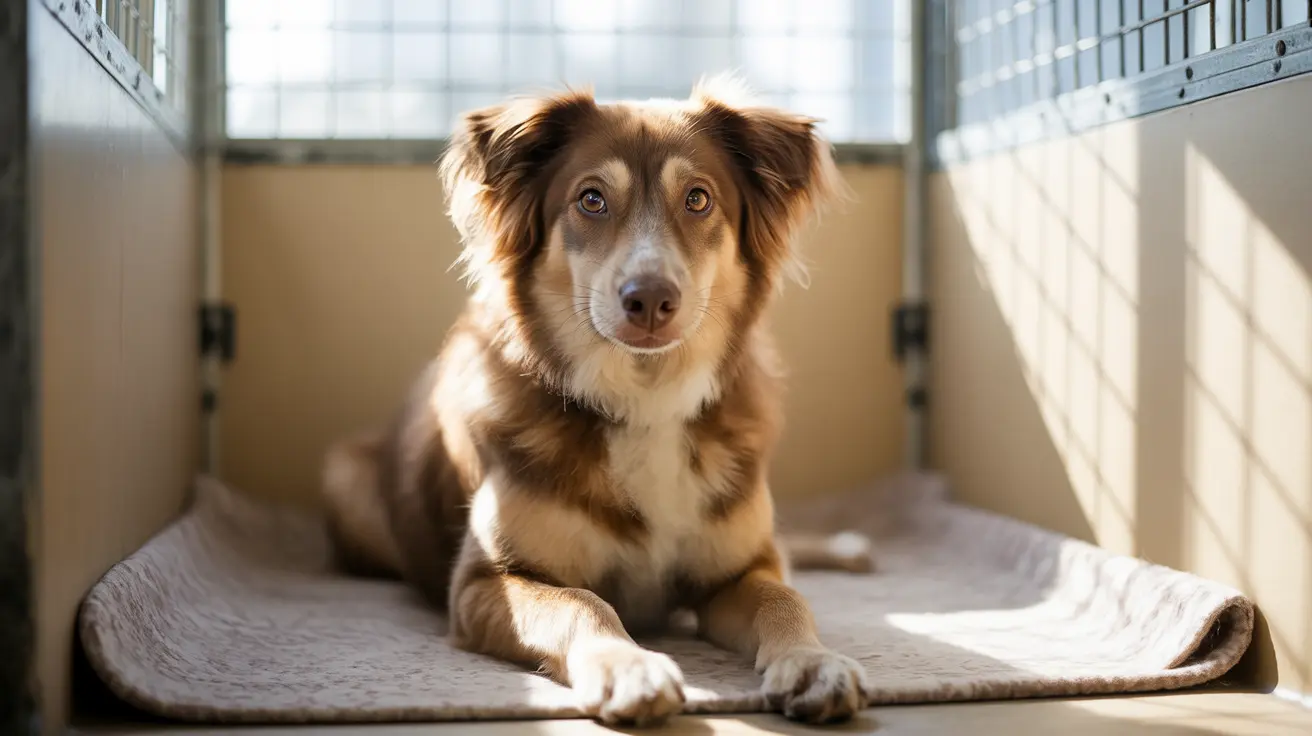For anyone considering breeding Golden Retrievers or simply curious about these beloved dogs, understanding typical litter sizes is essential. Golden Retrievers are known for having relatively large litters compared to many other dog breeds, making them popular choices for responsible breeding programs.
In this comprehensive guide, we'll explore everything you need to know about Golden Retriever litter sizes, including average numbers, factors affecting puppy count, and what to expect during pregnancy.
Average Golden Retriever Litter Size
Golden Retrievers typically have litters ranging from 4 to 12 puppies, with an average of 8 puppies per litter. This places them among the more prolific large breed dogs, consistently producing bigger litters than smaller breeds.
First-time mothers usually have smaller litters, often producing 4-6 puppies. As the mother matures and has subsequent litters, the puppy count typically increases until reaching its peak during her prime breeding years.
Factors Affecting Litter Size
Age of the Parents
The mother's age significantly impacts litter size. Female Golden Retrievers reach their breeding prime between 2-5 years old, producing their largest and healthiest litters during this period. After age 5, litter sizes typically decrease gradually.
Male age also plays a role, with fertility beginning to decline after age 5. This emphasizes the importance of timing in breeding programs.
Health and Genetics
Genetic factors heavily influence litter size potential. Dogs from bloodlines known for larger litters often continue this trend. Additionally, the overall health of both parents directly affects litter size and puppy vitality.
Nutrition and Care
Proper nutrition during pregnancy is crucial for optimal litter size. Pregnant Golden Retrievers require:
- High-quality protein sources
- Essential vitamins and minerals
- Adequate caloric intake
- Proper hydration
Pregnancy and Veterinary Care
Regular veterinary monitoring helps ensure healthy pregnancies and optimal litter sizes. Ultrasounds at 20-22 days confirm pregnancy, while x-rays around day 48 can provide more accurate puppy counts.
The typical gestation period for Golden Retrievers is approximately 63 days, during which proper care and nutrition are essential for supporting the developing puppies.
Record-Breaking Litters
While the average Golden Retriever litter contains 8 puppies, some exceptional cases have produced up to 17 puppies in a single litter. However, such large litters are extremely rare and can pose additional challenges for both mother and puppies.
Frequently Asked Questions
How many puppies do Golden Retrievers usually have in a litter?
Golden Retrievers typically have 4-12 puppies per litter, with an average of 8 puppies. First-time mothers usually have smaller litters of 4-6 puppies.
What determines how many puppies a Golden Retriever can have?
Litter size is determined by multiple factors, including genetics, parental age, health status, nutrition, and overall breeding conditions. The mother's age and health are particularly significant factors.
What is the biggest Golden Retriever litter ever recorded?
The largest documented Golden Retriever litter contained 17 puppies, though this is exceptionally rare. Most healthy litters stay within the typical range of 4-12 puppies.
How does the mother's age affect Golden Retriever litter size?
Female Golden Retrievers produce their largest litters between ages 2-5. First-time mothers typically have smaller litters, and litter sizes generally decrease after age 5.
What should I feed my Golden Retriever during pregnancy to help her have a healthy litter?
Pregnant Golden Retrievers need high-quality dog food specifically formulated for pregnancy or puppy development. The diet should be rich in protein, vitamins, and minerals, with increased caloric intake to support puppy development.
Understanding Golden Retriever litter sizes helps breeders and potential owners prepare appropriately for new puppies. Whether you're planning to breed or simply expanding your knowledge about this wonderful breed, knowing what to expect regarding litter size is an important part of responsible dog ownership.






